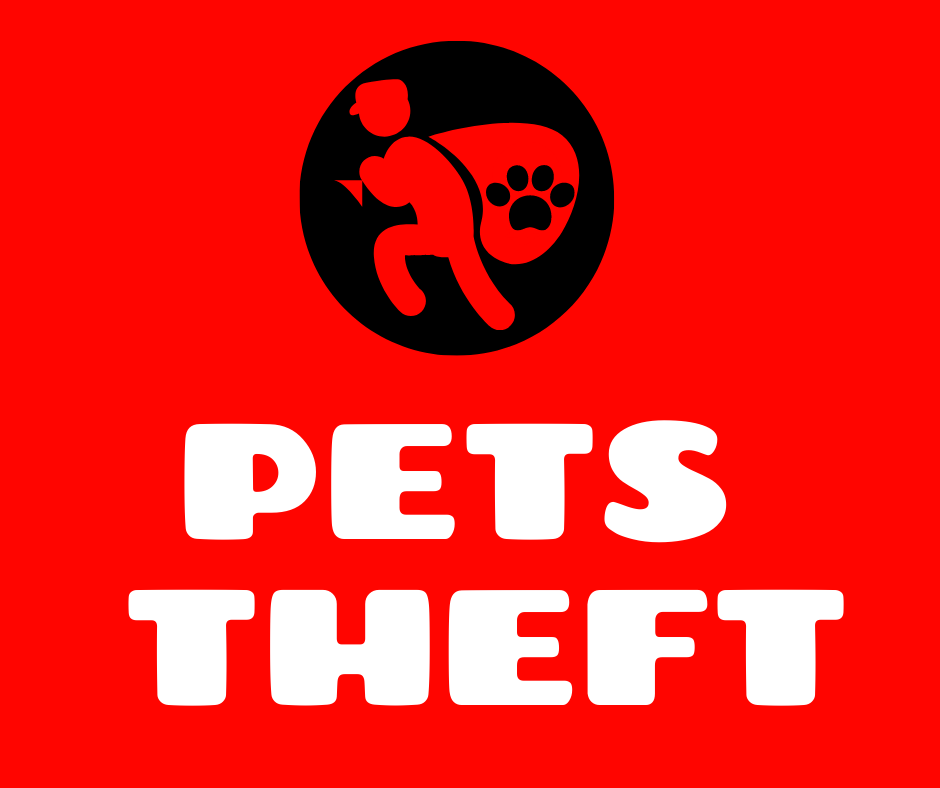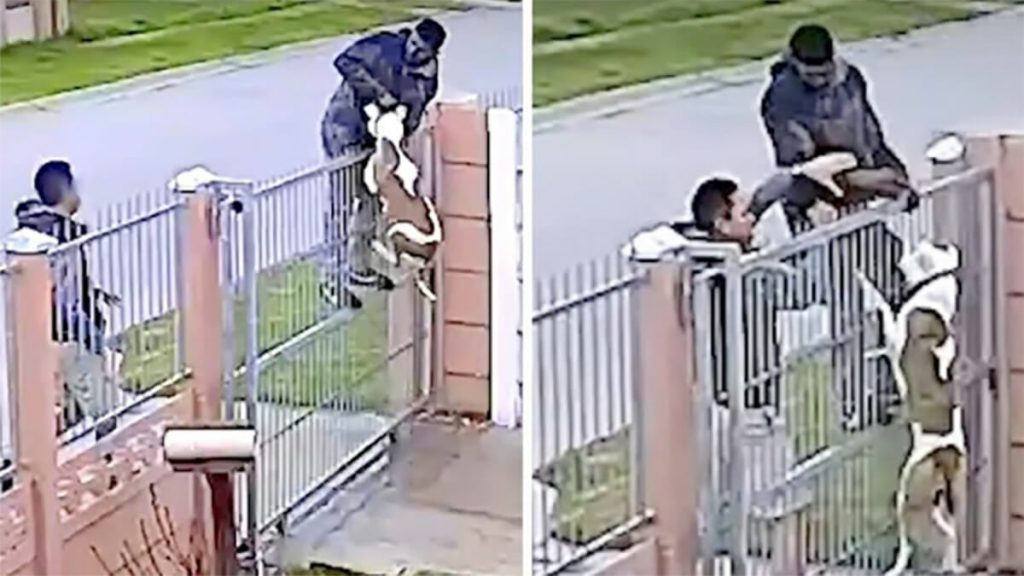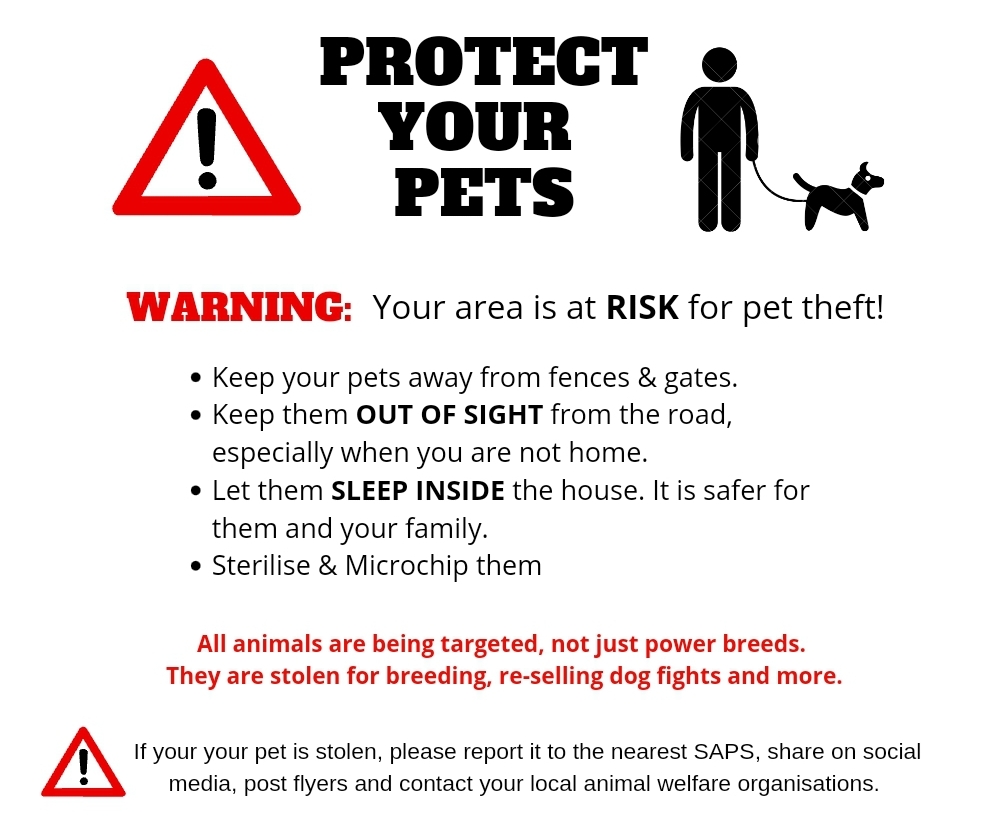
Animals 101 – Understanding the risk of rising pet thefts and how you can minimize the risk.
There is an increase in the theft of cats and dogs everywhere! Your pets are your responsibility and protecting them from being stolen should be a priority. You can do this more effectively if you understand the WHY & HOW!

WHY ARE DOGS & CATS STOLEN?
- Dog fights – Power breeds are used in dog fights and the smaller pets, including cats are used as bait in the fights.
- Re-selling – They are sold at robots and shopping complexes for as little as R50. They can be sold in neighbouring towns to avoid being caught in the town they were stolen.
- Pedigree dogs are stolen to be bred and the pups sold. Once they steal the dog and realize it is sterilized and they can’t breed with them, they are just dumped on the road, lost confused and terrified.
- Cats are often stolen for food.
- Some dogs are used for illegal hunting.
- Ransom – If you offered a reward before, this could be a reason, your or other pets are targeted again in future.
NO ANIMAL IS SAFE FROM THEFT!
HOW ARE DOGS & CATS BEING STOLEN?
- Thieves watch public areas waiting for an opportunity to snatch an animal.
- Stealing dogs/pets left outside shops or in cars.
- Stealing the easily accessible pets who are allowed to roam the streets alone.
- Dog thieves lure dogs to fences/ walls or gates with food and once they are in reach, they will grab them and pull them over the wall or throw a rope around the dog and pull them over even high walls.
- Tranquilizers administered and then snatching the animal.
- A bitch in heat is used to lure a dog out of their property.
- Snares and traps are used to catch cats.
Also read: ANIMALS 101 – PET POISONING

PREVENTION IS BETTER THAN CURE!
- Ensure your property is secure and your dogs cannot be lured to the front wall or gate.
- Dogs who are kept outside can easily be poisoned or in some cases hit or cut or shot. Have a rescue poison pack in your home which can win a few extra minutes to get your pet to the Vet and be on the look out for theft/break-ins in your neighbourhood after poisoning.
- Neutered pets are less likely to wonder off or to be attracted by the scent of a bitch in heat.
- Microchip your pets. This will help with identification and proof of ownership as collars can be removed.
- It is also a good idea to place an ID tag on your pet’s collar, but do not put the animals name on the disc as thieves can then call them by name.
- Do not take your dogs for unnecessary trips in the car. If your vehicle is hi-jacked your dog will be taken as well.
- Teach them to not take food from just anyone and to be careful of strangers.
- If someone other than you family has access to the gate, then have a stern talk about not leaving the gate open or letting the pets out. This includes garden services or builders.
- Make your property cat proof. There are many ways to do this.
- Do not let young children walk animals alone.
- If you know an elderly person with a dog, walk with them or offer to take the dog for a walk.
- Get to know your neighbours and their pets, if you suspect something seems off, contact your neighbours or report it to the local community watch group.
- A survey done under jailed thieves showed that the top deterrents that keep most from breaking in is: CCTV cameras, Detection beams, Electric fence and most of all animals in the house!

If your your pet is stolen, please report it to the nearest SAPS, alert your neighbourhood watch, share on social media, post flyers and contact your local animal welfare organisations.
READ MORE ON DOG FIGHTS HERE
Next week we will see how much you know about your pet’s microchip!
WHEN YOU KNOW BETTER, DO BETTER!